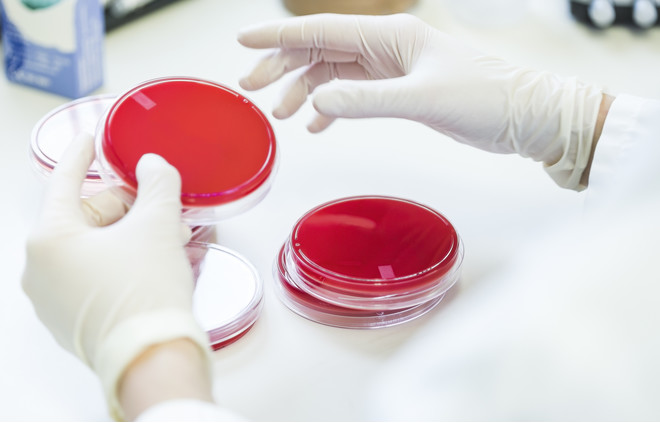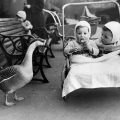Monocyte norm in children
Monocytes are one of the typesleukocytes. They are distinguished by their large size and increased activity. The task of monocytes is to protect the body from foreign cells, microorganisms, tumors and dead tissue. They are responsible for the purity of the blood and participate in its renewal. Monocytes in a child are determined on an empty stomach.Photo: Getty For a child, the monocyte level should be between 0.05 and 0.7 x 10 9/l. However, the doctor evaluates not only this indicator. He takes into account their share in the composition of leukocytes. The latter indicator changes with the age of the child.
Monocytes in a child are determined on an empty stomach.Photo: Getty For a child, the monocyte level should be between 0.05 and 0.7 x 10 9/l. However, the doctor evaluates not only this indicator. He takes into account their share in the composition of leukocytes. The latter indicator changes with the age of the child.
- in the newborn the proportion of monocytes is 3-12%;
- in a baby up to 2 weeks - 5-15%;
- a child up to 1 g - 4-10%;
- a child who has more than a year - 3-9%.
If the monocyte level is normal, then this means,that blood formation is correct, there is no infection with microbes and bacteria. The analysis for monocytes is done on an empty stomach. The day before, it is better to avoid high physical activity and not eat heavy fatty foods. Otherwise, this will cause an increase in monocytes. Before taking the tests, tell the doctor if the child is taking any medications. Some of them also cause an increase in the level of monocytes.
What does it mean if monocytes are increased or decreased in a child
The level of monocytes decreases in anemia,weakened immunity, after operations and colds, during stress and injuries, and when using hormonal drugs. The level of monocytes increases with viral and infectious diseases, if there are parasites and fungi in the body, inflammatory processes in the intestines, esophagus and oral cavity, when the body is poisoned with toxic substances and with diseases of the blood and lymphatic system. If the concentration of monocytes is increased, this process is called monocytosis. There are 2 types of monocytosis:
- If an extremely large number of monocytes is found, then they speak of absolute monocytosis.
- If the number of monocytes is normal, but the number of other leukocytes decreases, this is relative monocytosis.
Absolute monocytosis is an alarming sign.Relative monocytosis is not very informative. It can be caused by a recent cold or heredity. However, when a baby successfully recovers from an illness or is teething, an increase in the number of monocytes also occurs. Do not rush to draw conclusions based on the analysis of monocytes. Entrust this matter to a doctor who will approach this issue comprehensively. Also interesting:









